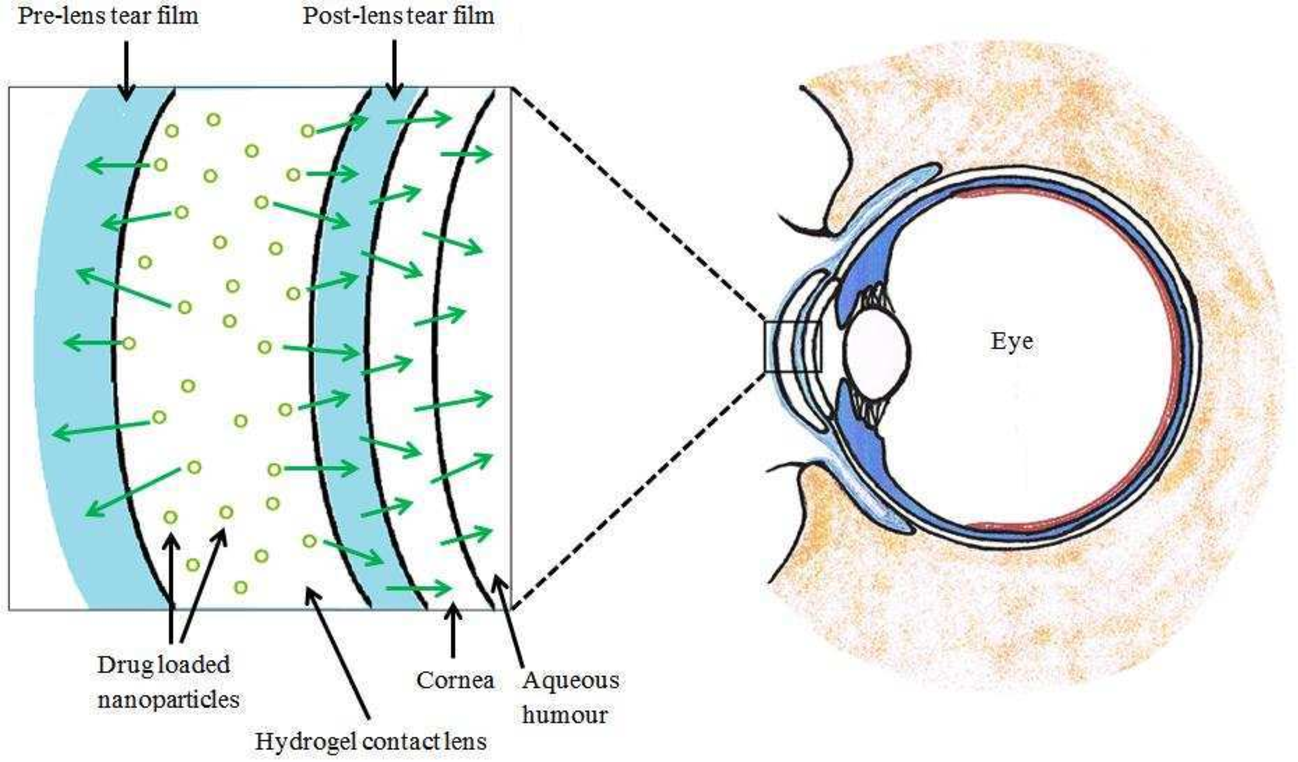5 medical therapies are gradually coming out of fiction movies
Throughout history, medicine has always been a tool to help people reduce pain and prolong life. The modern medical achievements we enjoy today are sometimes the result of research done centuries ago. For example, the birth of X-ray filmmedicine insulinpain relievers and antibiotic.
But there are also ultra-modern treatments that scientists are still researching and testing right now. Compared to a century ago, these tools could be considered fiction. But they will soon come out into the real world to serve humans in the next few years.
Here are five medical innovations that stand out among them:
1. Advanced, semi-automatic and automatic surgical robots
Currently, doctors are already using a variety of medical robots, including pelvic surgery, spine surgery, eye surgery, submeningeal injections, etc., all of which require extreme precision.
However, current surgical robots are only semi-automatic. That is, they are designed like a machine, under the control of technicians and doctors.
Surgeons who want to operate the machines must also take a certification course, like a driver’s license. But just as cars are already equipped with self-driving features, surgical robots are now being developed to operate autonomously.
Earlier this year, Johns Hopkins University, USA performed the first complex soft tissue surgery with a machine called STAR. STAR is an intelligently programmed robot that has successfully stitched together two intestines. It is the most sophisticated procedure in abdominal surgery and is fully automated.
Johns Hopkins still considers this a feat,”A major step forward for fully automated human surgery“In the near future, robots like STAR will not only assist human doctors, but can also act on their own in emergency situations, such as treating trauma patients on their way to the hospital.
2. Brain transplant to treat depression
This method is called deep brain stimulation. It is a technique in which pulse generators and electrodes are implanted inside the skull to provide signals capable of changing or correcting abnormal activity occurring in the brain.
In the past, deep brain stimulation has been commonly used to treat epilepsy and Parkinson’s disease. It is estimated that more than 260,000 Parkinson’s patients worldwide have been implanted with pulse generators into the brain. These are people who come to the hospital with severe tremors, but after receiving deep brain stimulation, their condition is in remission or completely.
For decades, scientists have tried to use deep brain stimulation to treat depression. The work also involved implanting a pacemaker in the brain, a battery-powered machine about the size of a matchbox that sends steady electrical signals into brain regions that process emotions. .
The scientists’ basic idea was that if they could stimulate certain brain regions associated with depression, such as Brodmann area 25, an area of the brain rich in the serotonin transporter that is very active when If we are sad, the patient will get out of their depression.
Last year, a research team at the University of California, USA successfully tested a device for deep brain stimulation in patients with major depression. It was a woman in her 30s named Sarah who had not responded to any of the 20 medications and therapies for depression that had been prescribed.
It was only with a deep brain stimulation implant that her condition progressed. On the depression scale, her score dropped from 33, very severe depression to 14 and then finally below 10.
Sarah has now become the first, and only patient to date, successfully treated for depression with surgical implantation of deep brain stimulation. “The device helped me stop depression, allowed me to be the best version of myself, and rebuild a life worth living.”she said.
3. Drug-releasing contact lenses
Sometimes a medical innovation doesn’t come from developing new and better drugs, but from finding better ways to give them to sick people. We know drugs can be made orally, injected, inhaled and even inserted from the anus.
Now, there’s another entrance to the body that doctors want to exploit, and that’s the eye line.
There are currently two ways to get medication into a patient’s eye. For mild conditions such as cataracts and glaucoma, the drug can be instilled directly into the outer surface of the eye for absorption. However, the downside of eye drops is that they will be diluted by tears.
Up to 95% of the active ingredients from eye drops will not have a chance to go inside because tears will push them out. Besides, many patients also report that they often forget to take their medication on time.
The second way to deliver medication into the eye is by direct injection with a needle. This method is commonly used for diseases affecting areas deep inside the eye such as diabetic retinopathy and macular degeneration.
But obviously, no doctor would want to inject into a patient’s eye because it could pose a risk of infection and bleeding while the patient would be in pain.

Today’s latest solution, a slow-release contact lens that has just been approved by the US Food and Drug Administration (FDA), will overcome all the weaknesses of the two methods. above.
Developed by researchers at pharmaceutical company Johnson & Johnson, the contact lenses feature soft polymeric contacts that allow drug molecules of a certain shape to pass through.
It is currently FDA-approved for allergy drug delivery, but in the near future, the contact lens will be used to deliver antibiotics, anti-inflammatory drugs, and other medications for eye disease. such as glaucoma, infections and cataracts.
4. Gene therapy for patients with cancer and genetic diseases
For decades, scientists have hoped to find gene-editing methods to help treat difficult or seemingly incurable diseases. Now, their efforts are also starting to pay off.
In 2017, the FDA approved at least two gene-targeted treatments that correct or replace harmful mutations that directly cause disease. One method, called CAR-T, involves editing a person’s T cells in the laboratory, helping them fight cancer.
Specifically, doctors extract T cells from a patient’s immune system and try to combine them with a chimeric antigen receptor (CAR). After forming the CAR-T complex, this drug will be infused back into the patient’s body.
The CAR receptor will find and attach it to the target cancer cells. The T cells are thus able to attack the disease, something that was not possible before when considering cancer cells as a normal part of the body.
In a number of clinical trials and real cases, CAR-T has shown remarkable effectiveness. It has helped some terminal cancer patients, once considered incurable, into complete remission.
The second therapy that is proving effective is sickle cell gene editing. Sickle cell disease is a dangerous genetic disorder that affects millions of people around the world. We know that normally, red blood cells are round in shape, very flexible and move easily in the blood vessels.
But babies born with mutations in the hemoglobin-producing gene make their red blood cells hard, sticky, and shaped like a crescent or crescent moon. These irregularly shaped cells get stuck in small blood vessels, slowing or blocking the flow of oxygenated and nutrient-rich blood to parts of the body.
Currently, there is no cure for sickle cell disease, other than treatment that relieves pain and helps prevent problems associated with the disease.
However, in a patient trial published last December, the scientists said they had successfully repaired sickle red blood cells with a gene-editing method.
A drug injected directly into the area of bone marrow containing blood-forming cells will help correct the genetic damage there and have produced healthy, normal red blood cells for the patient for three years.
With these successes, scientists say the application of gene therapy will soon be extended to genetic diseases and many different types of cancer.
5. Pig organ transplant to human
Doctors for centuries have had a dream, they want to transplant animal organs into humans. This will help address the shortage of organs and save the lives of millions of patients each year. This so-called heterogeneous transplant has been experimented with since 1667, but has yet to be officially successful.
2021 and 2022 are two important years with two kidney transplants and pig hearts to humans achieving the most satisfactory results.
Last September, a doctor at New York University named Robert Montgomery Successfully transplanted a pig kidney to a person with kidney failure and brain death. Although not officially saving the patient, Dr. Montgomery said the transplant confirmed the pig kidney is functioning normally in the human body and is not rejected.
In 54 hours, the pig kidney produced urine and brought the patient’s creatinine level back to normal – an indicator that the pig kidney overcame the patient’s kidney failure.
In January of this year, a team of doctors at the University of Maryland Medical Center transplanted the first pig heart into a patient with severe heart failure, and the heart has since been restored. helped him live 2 more months.
While far from perfect, these early experiments have shown that pig organs can survive transplantation without being immediately rejected by our immune systems.
“As with any first transplant surgery performed in the world, this surgery has led to valuable insights, hope and lessons for the doctors, so that they can improve outcomes and save future patients“, said Dr. Bartley P. Griffith, who performed the pig-to-human heart transplant.
synthetic
at Blogtuan.info – Source: genk.vn – Read the original article here

